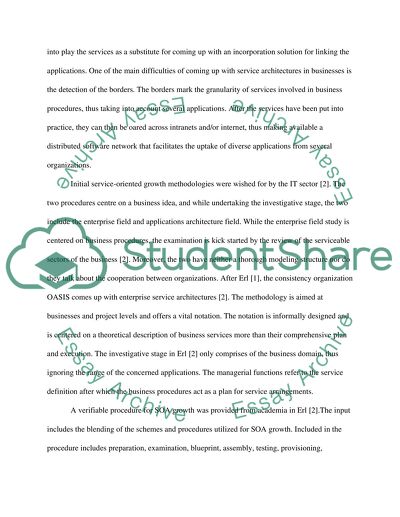Cite this document
(“Service Oriented Architecture: Patterns and Antipatterns Literature review”, n.d.)
Service Oriented Architecture: Patterns and Antipatterns Literature review. Retrieved from https://studentshare.org/information-technology/1401571-soa-design-patterns-and-antipatterns
Service Oriented Architecture: Patterns and Antipatterns Literature review. Retrieved from https://studentshare.org/information-technology/1401571-soa-design-patterns-and-antipatterns
(Service Oriented Architecture: Patterns and Antipatterns Literature Review)
Service Oriented Architecture: Patterns and Antipatterns Literature Review. https://studentshare.org/information-technology/1401571-soa-design-patterns-and-antipatterns.
Service Oriented Architecture: Patterns and Antipatterns Literature Review. https://studentshare.org/information-technology/1401571-soa-design-patterns-and-antipatterns.
“Service Oriented Architecture: Patterns and Antipatterns Literature Review”, n.d. https://studentshare.org/information-technology/1401571-soa-design-patterns-and-antipatterns.


